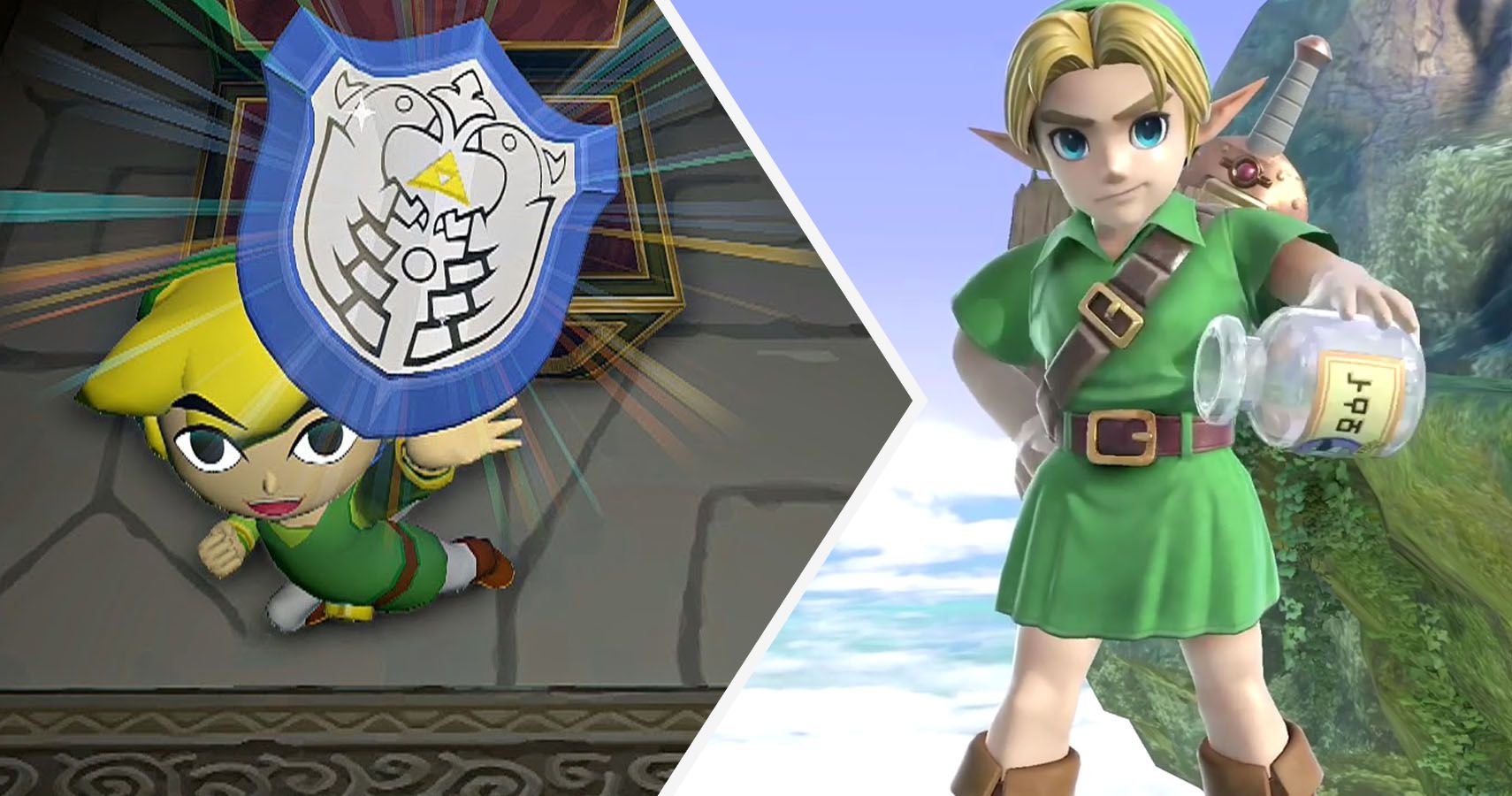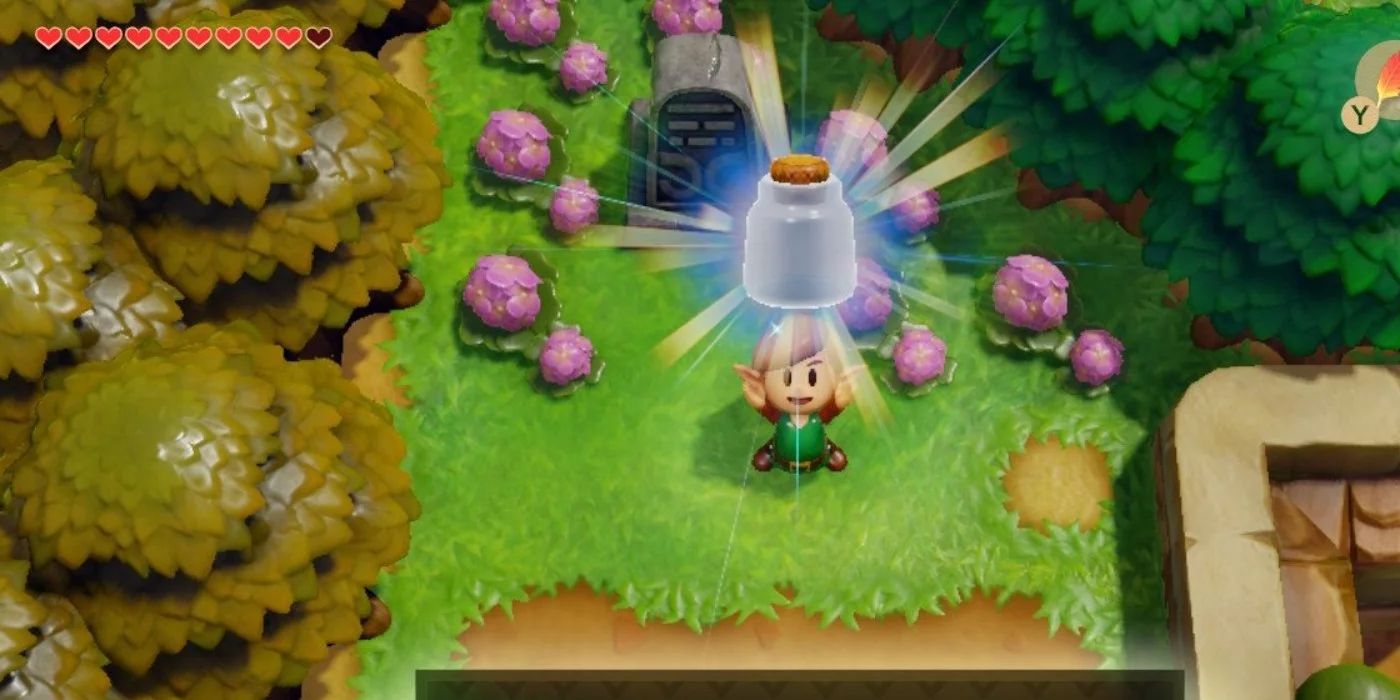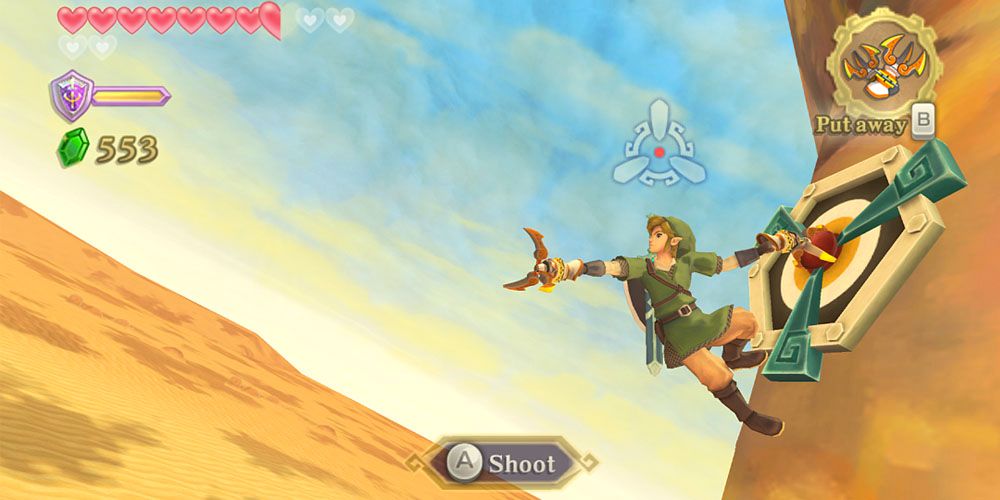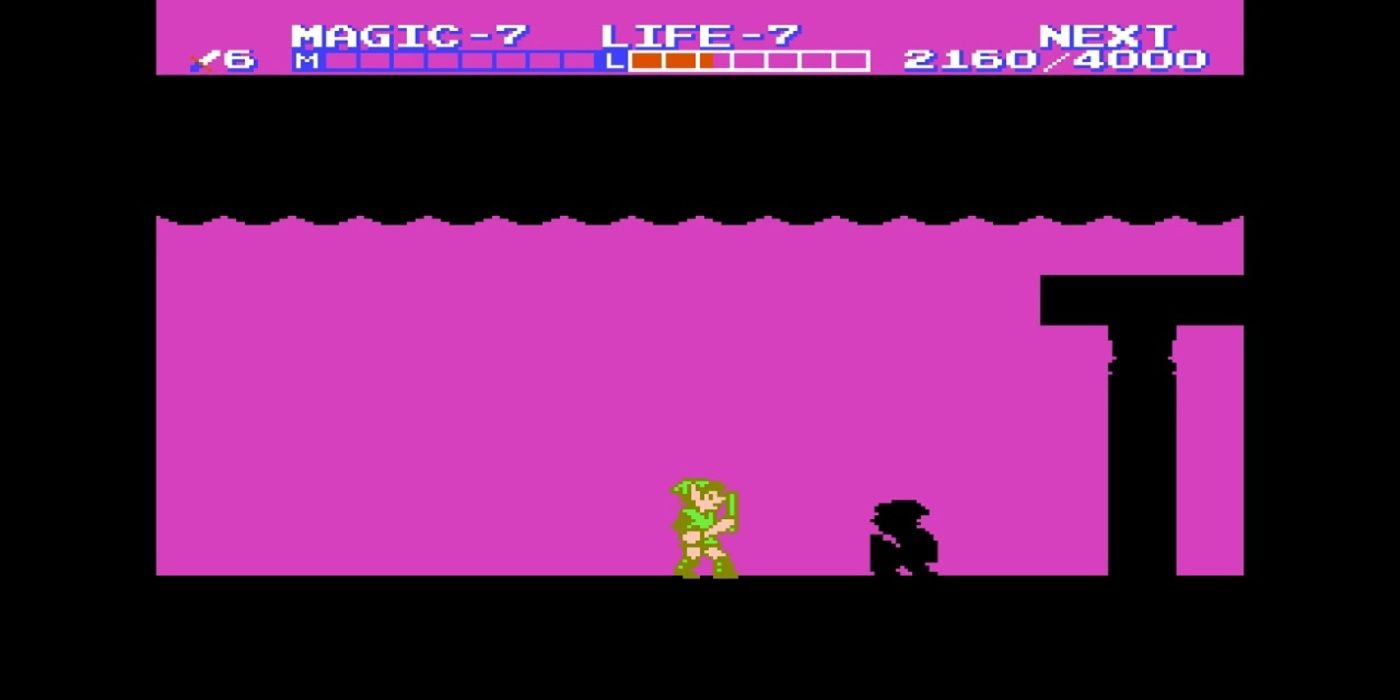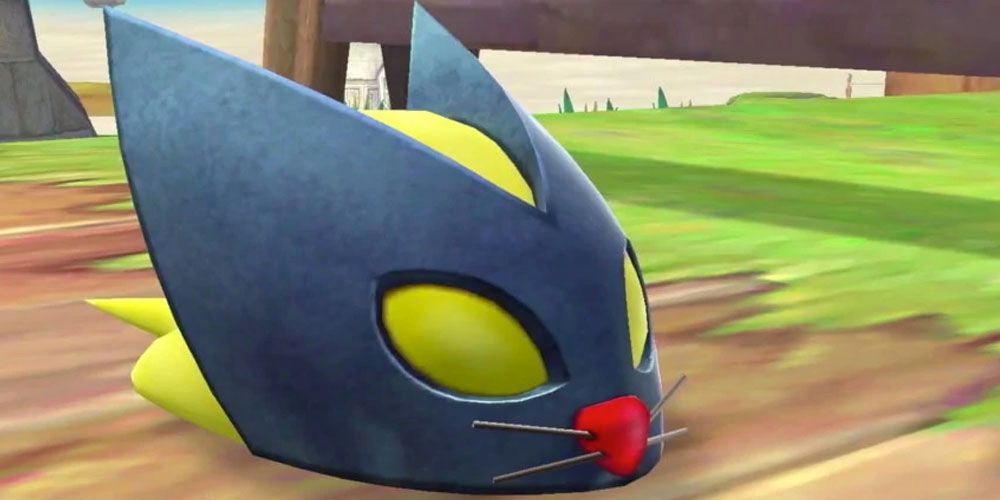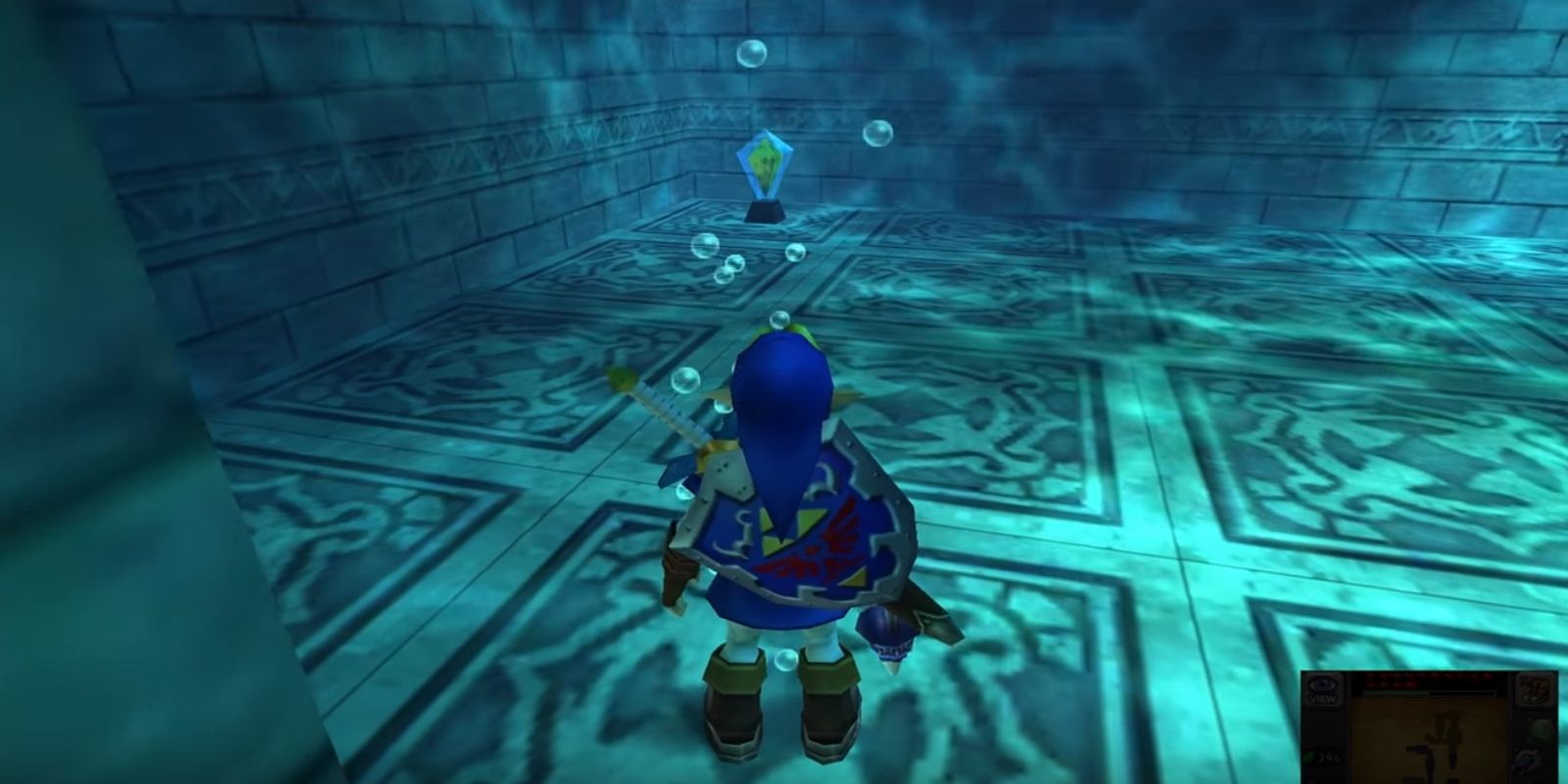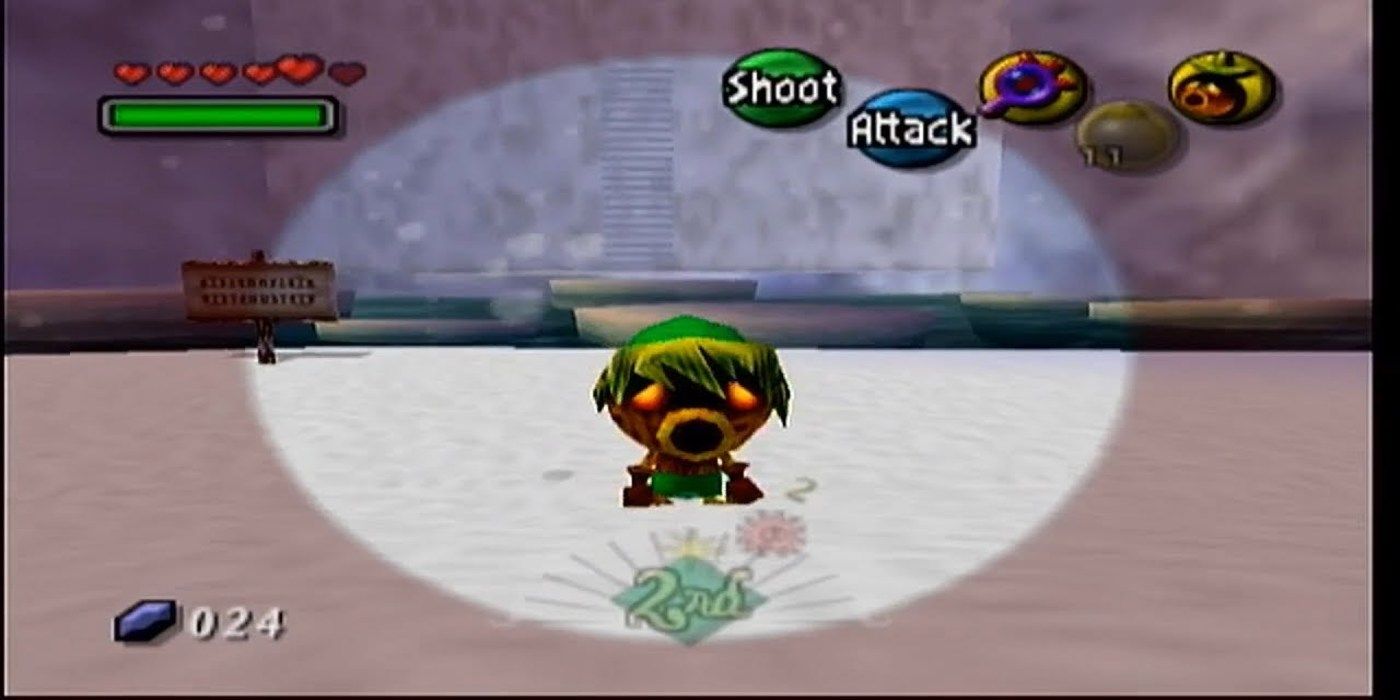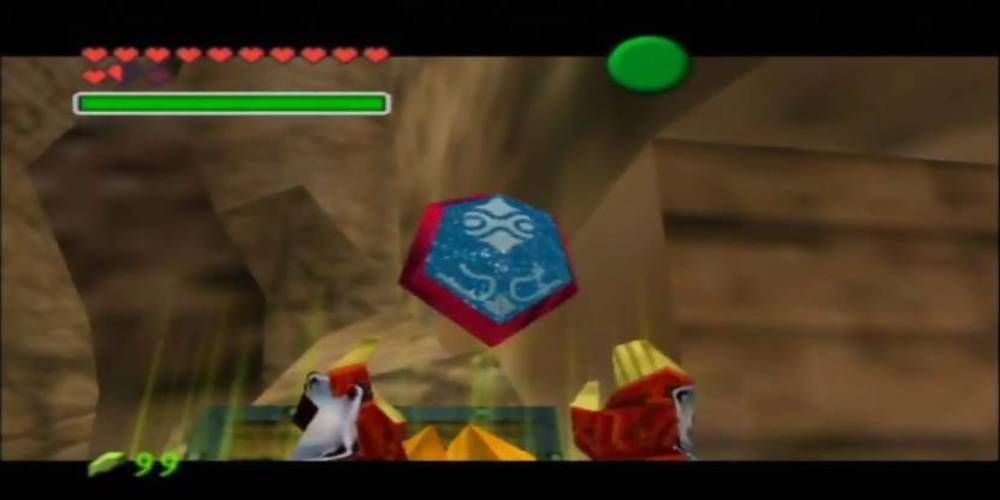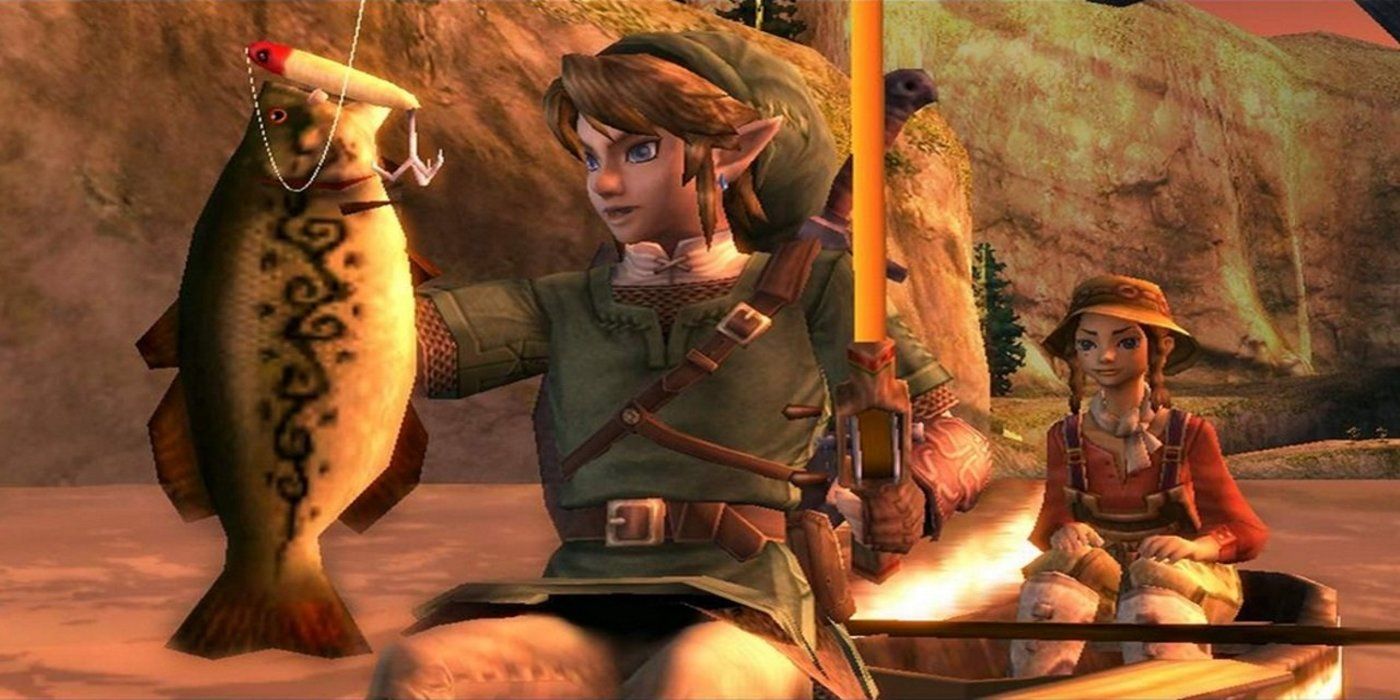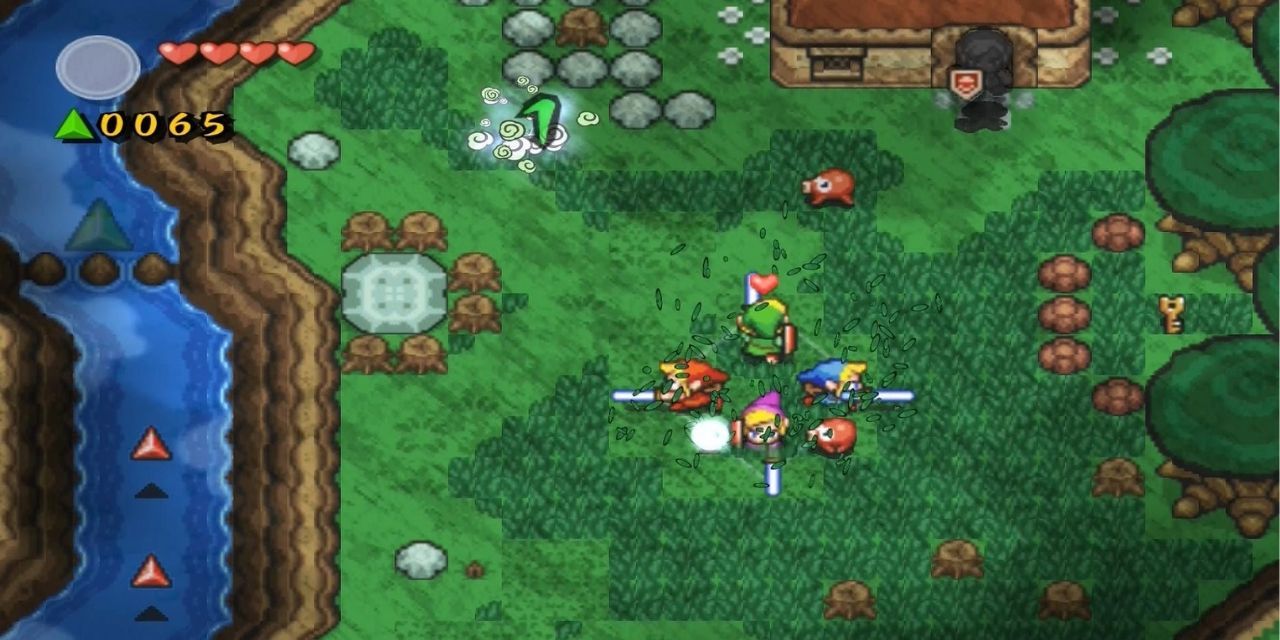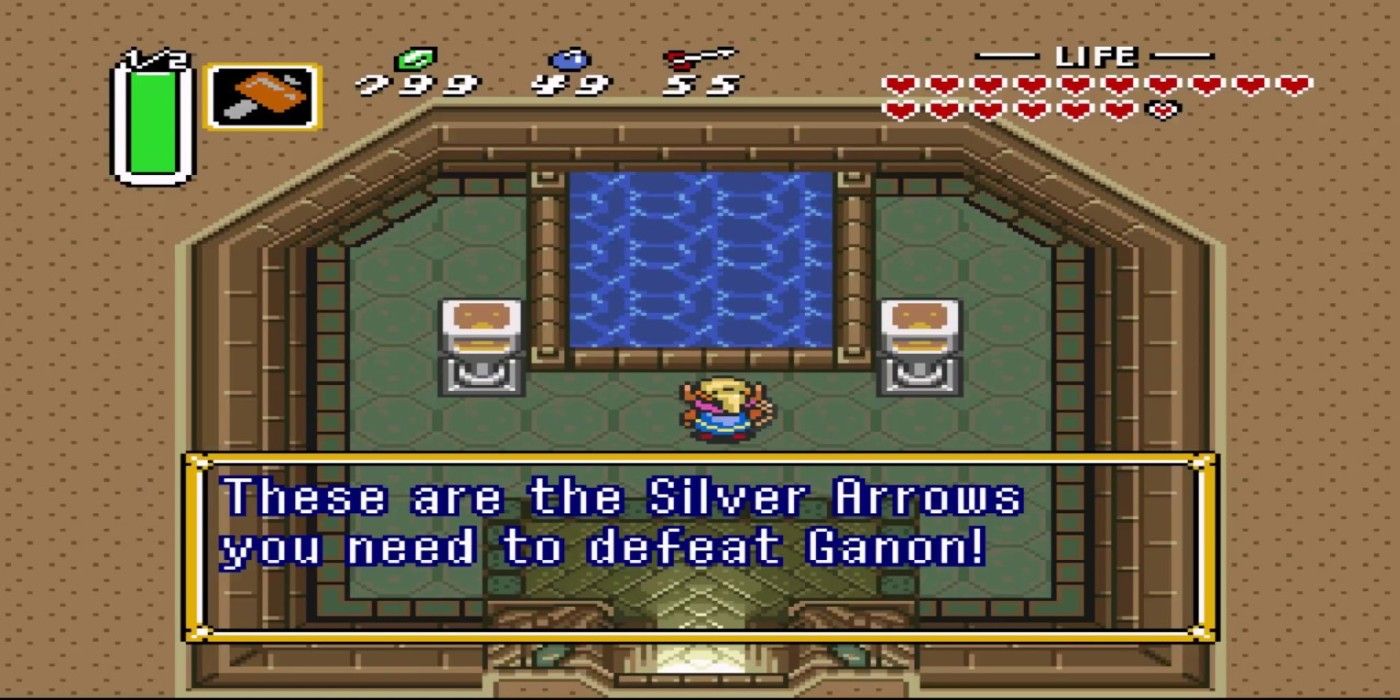Super Mario Bros. might be Nintendo’s claim to fame as a video game studio, but The Legend of Zelda brings with it a certain prestige that few franchises in the medium can lay claim to. Every 3D Zelda since Ocarina of Time has been an event in and of itself, with Breath of the Wild the apex of the franchise’s popularity.
One way that Zelda has remained relevant is through reinvention. Long before Breath of the Wild fundamentally changed the game, the franchises rotated through different sets of items for Link every game. Link has amassed quite an armory over the last 30 years, but some of Zelda’s most iconic items & weapons have been lost to time.
10 Bottles
Breath of the Wild has ushered in a new era for The Legend of Zelda, one that throws away many of the franchise’s defining staples. Bottles have been at the core of Link’s tool kit since the very first game as potions. A Link to the Past refined the concept into what it’s current image, and it’s honestly hard to imagine the series without bottles.
Young Link drinking a glass of milk is an image that’s persisted to modern day thanks to his inclusion in Super Smash Bros. Ultimate. Bottles are a piece of Zelda’s iconography, but outside of remake, it seems they won’t have a place in a post-BotW world. Link’s inventory is basically one infinite bottle now.
9 Hookshot
Considering Breath of the Wild’s emphasis on open-air exploration built off of Link’s vertical mobility (complete with the ability to climb and traverse quite literally everything in sight,) it makes sense why the Hookshot would be removed from Link’s toolkit. The Hookshot would fundamentally conflict with the core gameplay, allowing players to circumvent climbing.
It should also be mentioned how The Legend of Zelda was always phasing out the Hookshot. Twilight Princess replaced the Hookshot with the Clawshot, a trend which Skyward Sword continued. With Breath of the Wild 2 positioned as a very straight mechanical sequel, don’t go expecting the Hookshot.
8 Magic Spells
The Legend of Zelda seems to have a love/hate relationship with magic for whatever reason. Introduced in Zelda II, Link could learn several magical spells– from buffs, to a spell that turns him into a fairy. A Link to the Past introduced a magic meter which the 3D games held onto until Twilight Princess. Modern Zelda has replaced the magic meter with stamina, but it’s a shame.
While stamina is an interesting mechanic and if fun to build up in Breath of the Wild, magic offers so much as a concept that it’s hard to believe Nintendo is content letting it go completely. Twilight Princess even had magic as part of the game before it was removed!
7 Bombchu
It goes without saying that the jump to 3D resulted in Nintendo crafting Link’s toolkit in Ocarina of Time around three dimensions. This is most clearly seen through the Slingshot, Boomerang, Fairy Bow, and Hookshot/Longshot, but one clever way Nintendo plays around with spatial depth is through Bombchus.
Bombchus are basically bomb bowling balls, allowing Link to set up a rejectory and then launch his Bombchu. Bombchu can even crawl up walls, used to solve some minor puzzles in the game. Outside of a few 2D appearances, however, Bombchus have been absent since Majora’s Mask. Twilight Princess notably featured multiple bomb types, but no Bombchus.
6 Iron Boots
Ocarina of Time used the Iron Boots as a means to get Link underwater, allowing players to find even more depth in the franchise’s first 3D depiction of Hyrule. While Majora’s Mask wouldn’t keep the Iron Boots, the mechanics would translate over to Zora Link. The Wind Waker and Twilight Princess brought back the boots, but with specific functions.
Where The Wind Waker used the Iron Boots as a means to combat terrain and wind, Twilight Princess used the Iron Boots as both a magnet of sorts and as a means of grounding Link. Breath of the Wild notably doesn’t allow Link to enter deep bodies of water, so any Iron Boots there would just be a death sentence.
5 Lens Of Truth
The Lens of Truth is one of the more unique items in Link’s toolkit and a cool way of incorporating magic into puzzle solving. Introduced in Ocarina of Time, the Lens of Truth reveals hidden details in the level design– essentially mandatory for the Shadow Temple. Majora’s Mask uses the Lens of Truth for the exact same purpose, tied most intimately to Snowhead.
Twilight Princess notably found a way to replicate the Lens of Truth’s core mechanics with Link’s wolf senses, but that in itself seems evident the item will remain an N64-era relic. When it comes down to it, there’s nothing the Lens of Truth offers that can’t either be a part of Link’s natural toolkit or clarified in the level design.
4 Mirror Shield
The Mirror Shield might very well be the single most consistently useful item Link has access to. The Mirror Shield simply makes Link’s shield more useful, both in regards to combat and puzzle solving. Enemy spells can be reflected with the Mirror Shield, and light can be reflected to both solve puzzles & damage certain enemies (necessary for a mini-boss in Majora’s Mask.)
The Mirror Shield unfortunately hasn’t been seen since The Minish Cap, where it was a secret unlockable. The Wind Waker was similarly the last 3D Zelda to feature the Mirror Shield, with Twilight Princess, Skyward Sword, and Breath of the Wild all featuring the Hylian Shield as their respective best shields.
3 Fishing Rod
Fishing tends to be a love it or hate it mini-game when it comes to video game, but The Legend of Zelda traditionally handles fishing very well, with easy to understand controls and fun mechanics. Fishing was introduced in Link’s Awakening, but became a more prominent feature in Ocarina of Time, complete with a fishing hole.
Fishing wouldn’t return in the same fashion until Twilight Princess, which overhauled fishing considerably and greatly expanded upon it. Majora’s Mask 3D even added two fishing holes with a bunch of fish related content to wade through. Breath of the Wild would lend itself perfectly to fishing, so the fact it’s absent might be a sign that fishing isn’t here to stay.
2 Four Sword
The Four Sword was at the center of its own story arc over the course of three games: Four Swords, Four Swords Adventures, and The Minish Cap. The Four Sword is given a reverence in its game usually reserved for the Master Sword. The fact The Minish Cap not only takes place so far back in the timeline but features Link forging the Four Sword to its full power really makes the blade all the more memorable.
That said, it seems The Minish Cap has closed the door on the Four Sword for good. A prequel, TMC marked the Four Swords’ last appearance and focused heavily on its origins (along with Vaati’s.) If nothing else, it’s a nice note to exit the Four Sword on, but there’s still so much lore surrounding the sword that could be explored.
1 Silver Arrows
Considering just how important to the lore the Silver Arrows are in the original Legend of Zelda and A Link to the Past, it’s honestly hard to believe they’ve only ever appeared in those two games. In the former, Link needs the Silver Arrows to kill Ganon. This applies to the latter as well, but it’s more notable because Link needs a combination of the Silver Arrows and the Master Sword in A Link to the Past.
A Link to Past posits that the Silver Arrows are just as important as the Master Sword, necessary in felling Ganon. But they haven’t been seen in ages, ostensibly replaced with Princess Zelda’s personal Light Arrows.

